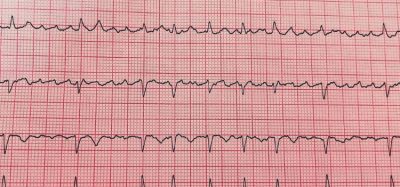New polymer-based drug delivery system developed for tuberculosis
Posted: 11 June 2024 | Catherine Eckford (European Pharmaceutical Review) | No comments yet
The formulation was developed through a single emulsion solvent evaporation technique and offers new delivery approach which could improve patient compliance, the paper stated.


Researchers have reported the successful formulation of clofazimine spray-dried poly (lactic acid-co-glycolic acid) (PLGA) microparticles as an “efficient” treatment for tuberculosis (TB).
In treating this bacterial infection, the paper highlighted that oral therapy often fails to achieve therapeutic concentrations at the primary infection site, the lungs. As such, the aforementioned formulation was developed for the study “to provide localised drug delivery and minimise systemic adverse effects”.
Positively, the authors theorised their approach has potential as it works “by targeting the infection site”. They stated that pulmonary drug delivery could be “an effective alternative as it allows for direct delivery [of the highly active antibacterial clofazimine] into the lungs and achieves effective lung concentrations”.
For example, pulmonary drug delivery “requires a lower dose, shorter treatment duration, and lower dosing frequency” as well as faster onset of drug action, the authors explained.
The researchers utilised a Design of Experiment (DoE) approach to identify and optimise parameters for spray drying to successfully produce the clofazimine-loaded PLGA microparticles.
The researchers developed the formulation through a single emulsion solvent evaporation technique.
Clofazimine study results
In vitro antibacterial studies on H37Ra Mycobacterium tuberculosis strain revealed an eight-fold efficacy of the spray-dried formulation in comparison to free drugs, the researchers revealed.
[The formulation enabled] effective deposition in the deeper lung region”
The study found that the spray-dried clofazimine formulation showed “excellent aerosolisation properties with a mass median aerodynamic diameter of 1.56 ± 0.11 µm and a high fine particle fraction of 86.45 ± 0.21 percent”. This suggests “effective deposition in the deeper lung region”, the authors wrote.
Additionally, results showed that these formulation “demonstrated sustained drug release for 72 hours with stability at 4°C and 25°C for 12 weeks”.
Overall, the data shows “immense” potential of clofazimine dry powder formulation to treat tuberculosis via pulmonary drug delivery, the Rongala et al. surmised.
The paper was published in Pharmaceuticals.
Related topics
Drug Delivery Systems, Drug Development, Formulation, Industry Insight, Research & Development (R&D), Technology, Therapeutics









